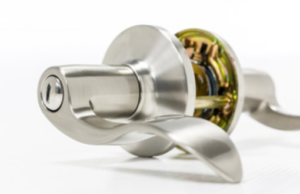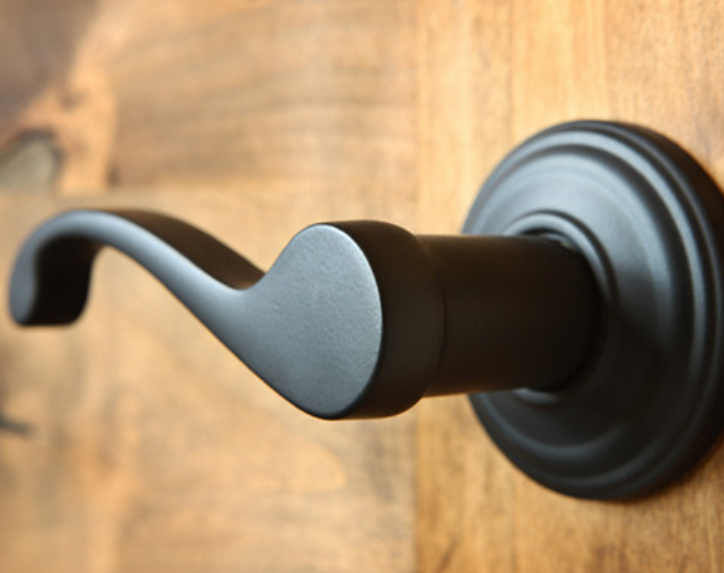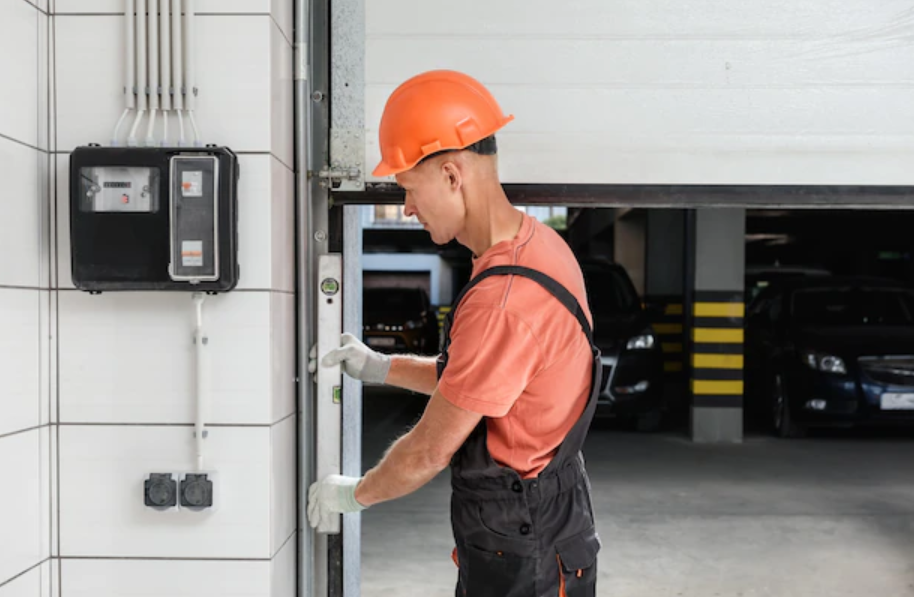Mortise locks are the most popular type of lock in use today. They have been around for over a century and they continue to be used by homeowners, businesses, and government agencies.
In this post, we’re going to discuss what mortise locks are, their history, installation, their uses, and more.
Let’s start with the meaning!
What is a Mortise Lock
A mortise lock is a type of door lock that uses a key to open the door. The lock has two parts: a cylinder and a latch. When you insert your key into the lock, it unlocks the latch so you can pull the door open. If you want to close the door again, you have to turn the key in the opposite direction to unlock the latch. This means that if someone tries to pick your lock, they’ll need to use their own key to get inside.

Read More: Knob Locks | Garage Door Locks
History of Mortise Lock
The first mortise locks were used by the Romans. They had a hole on the side of the door for the key to go through. After the Roman Empire fell, people started using this style of lock because it was easy to make. It wasn’t until the 1800s that the modern mortise lock came about. The mortise lock is still widely used today and there are many different types of them.
How to install a Mortise Lock
First, you will need to remove the old lock from the door. You can either unscrew the screws or pry up the metal plate with a screwdriver. Once the lock is removed, you will need to drill holes for the new lock. Make sure you measure correctly so you don’t end up drilling too far down into the wood. Next, you will need to cut out the space where the lock will be installed. Use a jig saw or hand saw to make the cuts. Finally, you will need to put the lock back together. Screw the lock into place and then reattach the metal plate.
Read More: Garage Door Defender | Garage Security Tips That Will Make Your Garage Safer
How does a mortise lock work
The mortise lock is an internal locking mechanism that locks the door in place. It’s not really a deadbolt, but it works similarly to one. The main difference between a mortise lock and a deadbolt is that a mortise lock has a hole in its center, while a deadbolt has a slot. A mortise lock also has a keyhole on the outside of the door, whereas a deadbolt has a keyhole on its face.
Mortise Locks Uses
Mortise locks are commonly used in commercial spaces due to their strength and reliability. They also serve as interior door locks, such as cabinet and drawer locks. Most mortise locks in older homes are original to the home, and because of the longevity of the lock, they may continue to work for decades to come.
Types of Mortise Locks
There are three main types of mortise locks: Pin tumbler, Schlage, and Yale. Each of these locks has its advantages and disadvantages.
Pin Tumbler Mortise Lock
A pin-tumbler mortise lock is the most common type of mortise lock available. These Locks are very simple to operate and are fairly inexpensive. However, they are easily picked and are less secure than other types of locks. They are commonly found in older homes and apartments.
Schlage Mortise Lock
A Schlage lock is similar to a pin tumbler lock, except it has a rotating barrel instead of pins. This means that the barrel rotates instead of the pins. This makes it much harder to pick. Because of this, it is considered to be one of the best locks for home security.
Yale Mortise Lock
The Yale lock is the most expensive and complicated of all the mortise locks. These locks have a combination dial that must be turned in order to open the door. There are several different models of these locks, including the Yale-Door Master, Yale-Master, and Yale-Econo.
Read More: Common Garage Door Break-ins | Can Thieves Open Your Garage Door
Pros of Mortise Locks
Mortise locks are the most popular type of door lock. They have a number of advantages over other types of locks, such as deadbolt locks and cylinder locks.
- They’re easy to install. You can do it yourself in less than an hour with basic tools.
- They don’t require drilling into your walls or doors.
- They‘re more durable than deadbolts.
- They’ll last longer than deadbolts. In fact, some mortise locks can last for decades.
Cons of Mortise Locks
- Mortise locks aren’t foolproof. If someone knows how to pick them up, they can get inside your house.
- They’ve been known to jam when there’s moisture in the air.
- If you want to use a mortise lock, you might need a professional installer to help you.
What is the difference between mortise locks and deadbolt locks?
Mortise locks are designed to prevent intruders from breaking in through the door. The main advantage of using mortise locks over deadbolts is that they provide better security because they don’t leave a visible hole in the door.
Is a mortise lock safe?
Mortise locks are among the most secure types of residential hardware available today because they allow a larger and thicker mortise box (which holds the lock mechanism) to fit inside the door itself. This provides superior security compared to cylinder locks, which require a smaller and thinner mortise box to fit within the same space.
Can you change a mortise lock to a regular lock?
Yes, you can substitute a cylinder lock for a mortise lock. In order to do so, you must first remove the mortise lock. Once the mortise lock is removed, you can then install the cylinder lock into the empty hole left behind.
Conclusion
So, if it hasn’t already become apparent, the reason you should choose mortise locks is that they offer a variety of features, such as being easy to install, requiring minimal maintenance, having standard or custom functions, and providing a wide range of design choices. Mortise locks combine strength, versatility, and style into one lock body for an excellent product offering to meet the demands of your project.





